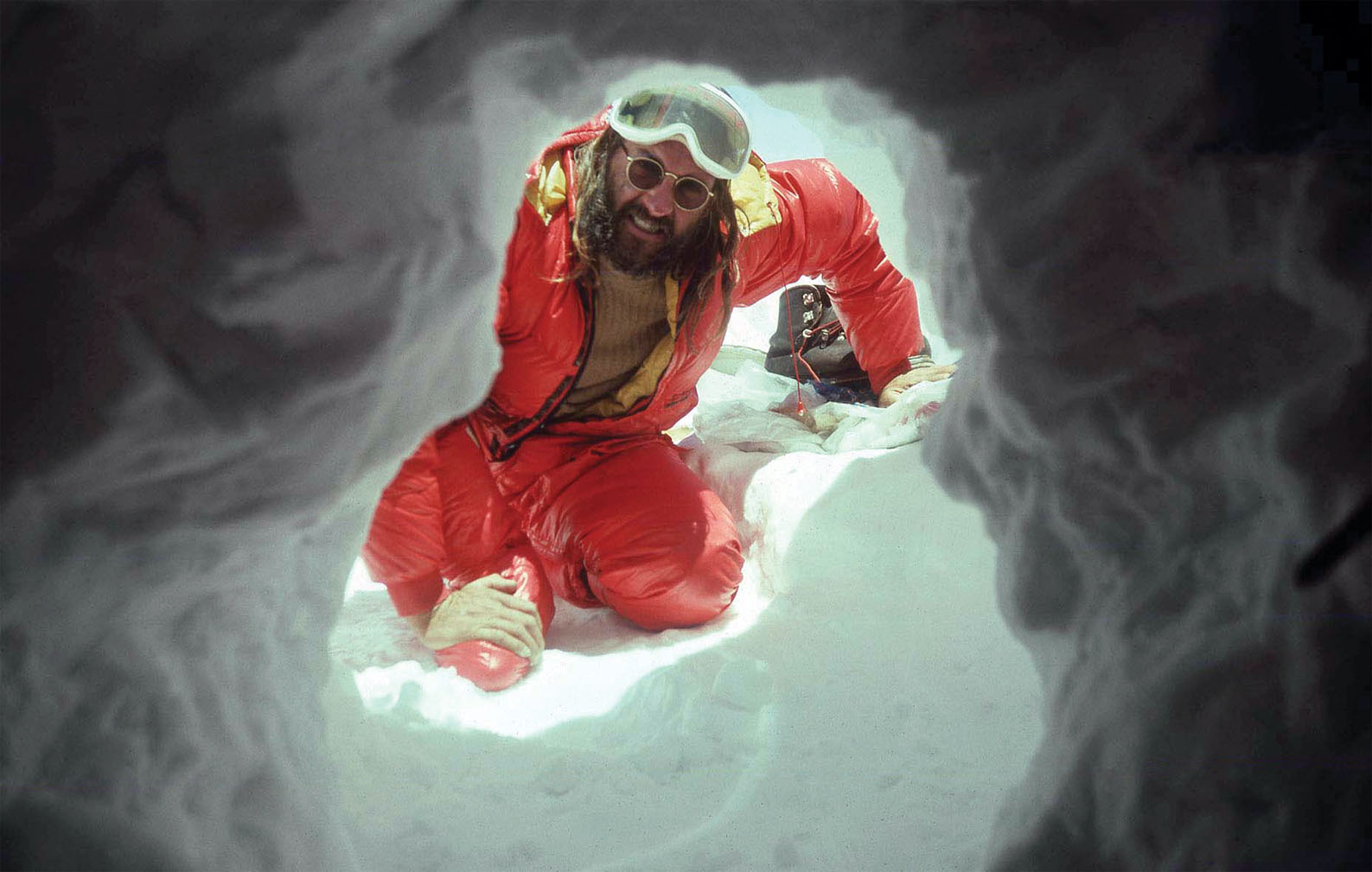The UIAA first published the ‘UIAA Recommendations on the Preservation of Natural Rock for Adventure Climbing’ in 2014. The document, spearheaded by the late legendary mountaineer and former UIAA Management Committee member Doug Scott, evaluated the history and appeal of different forms of rock climbing, and considered earlier attitudes to fixed gear.
It also considered how the case for adventure climbing can be re-stated more effectively and offered guidance to UIAA member federations in developing countries on how to sustain the balance between sport and adventure climbing. An earlier attempt to strike a balance was put together in a document “To Bolt or Not to Be” by Robert Renzler and his team which was approved by UIAA Council in 2000.
Since indiscriminate bolting continued Doug Scott and his team made this further attempt to preserve rock for trad climbing where appropriate and with extended Appendices. The Appendices offer the views of leading climbers and climbing thinkers on how progress can be made in reaching a more balanced approach to meeting the needs of adventure and sport (specifically rock climbing on bolted routes) climbers and the environment.
This paper focused on three kinds of climbing:
- Adventure or traditional climbing: The common feature was and is that the “traditional” climbing team leaves no trace of their passage and is thus considered environmentally friendly.
- Sport Climbing (specifically rock climbing on bolted routes): Refers to rock climbing characterised by permanently fixed, generally bomb-proof anchor points which are typically a bracket and bolt inserted into a drilled hole and usually glued into place.
- Bouldering: Refers to a style of rock climbing (on natural rock) usually less than five metres without rope and with just climbing shoes, a chalk bag and a mattress-like crash mat.
This document also evaluates the history and appeal of different forms of rock climbing, and considers earlier attitudes to fixed gear.
It also considers how the case for adventure climbing can be re-stated more effectively and asks for guidance from the UIAA for Federations in developing countries on how to sustain the balance between sport and adventure climbing.
Finally, in the appendix, it offers the views of leading climbers and climbing thinkers on how progress can be made in reaching a more balanced approach to meeting the needs of adventure and sport climbers and the environment.


